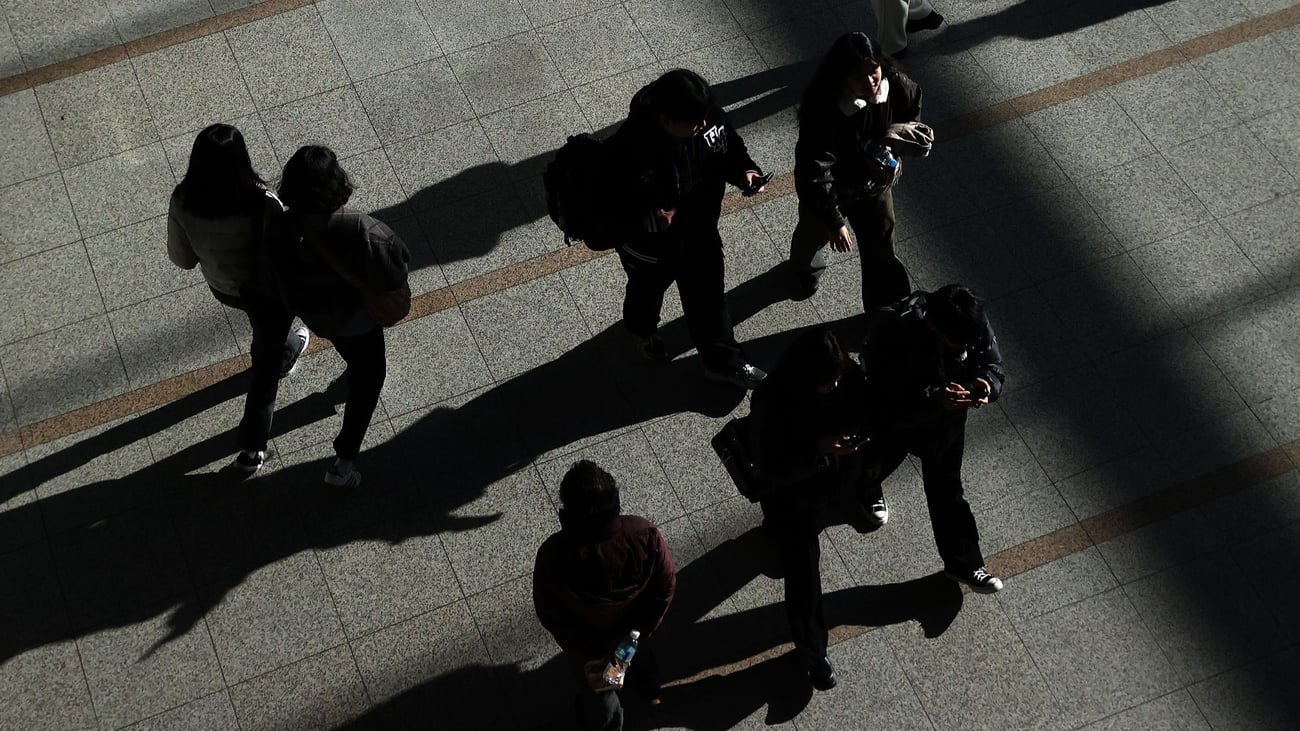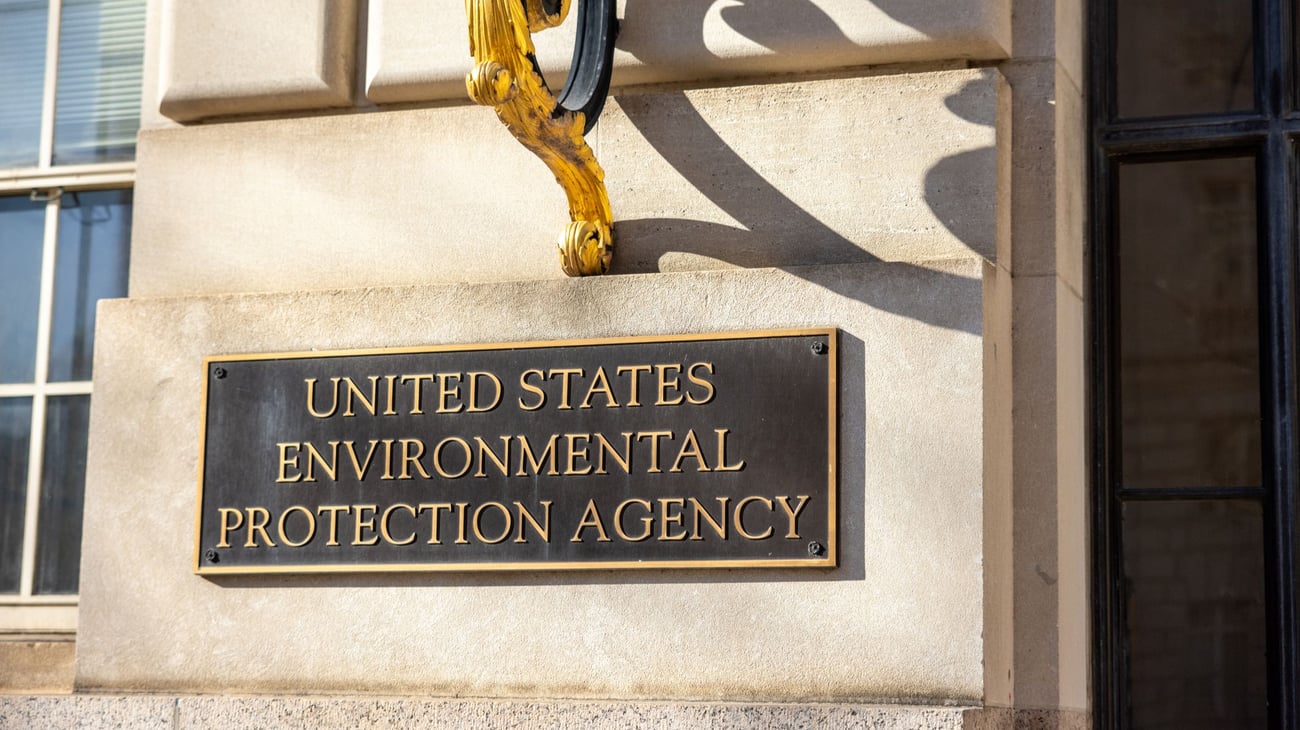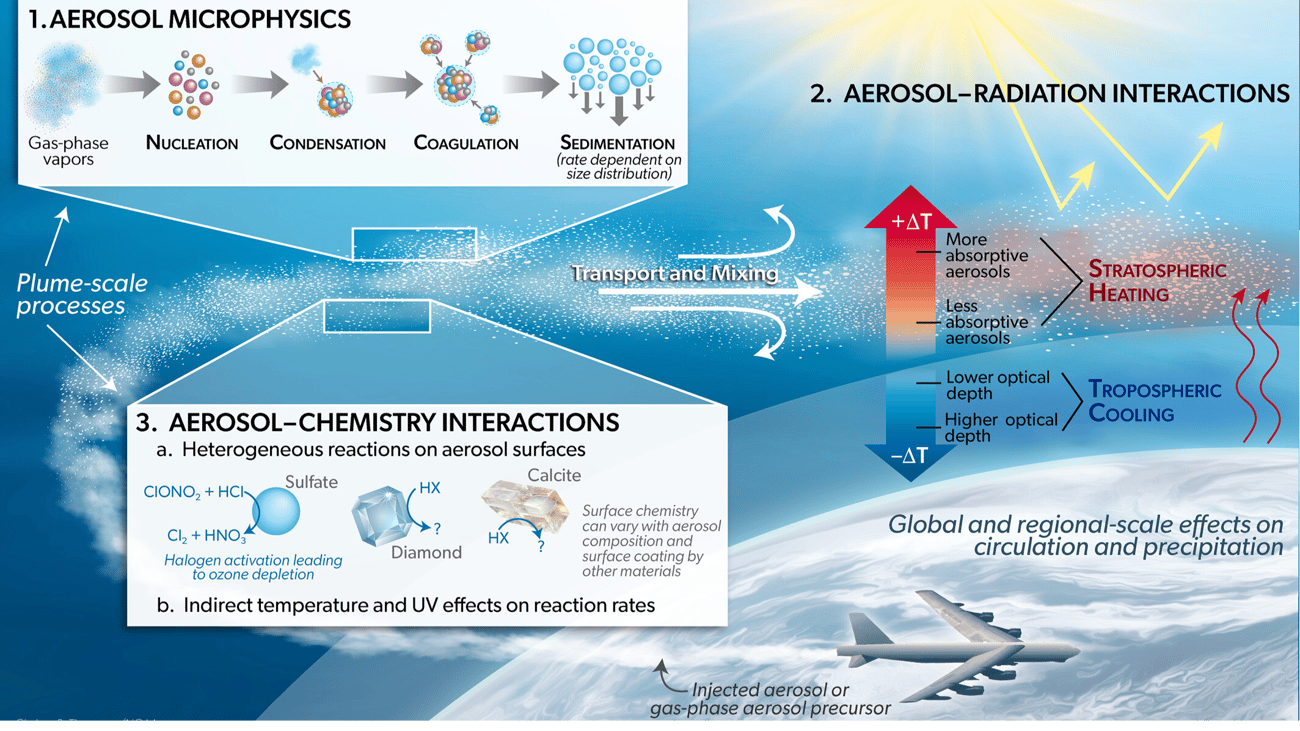|
|
July 2025 Update
Dear ,
Join us on 29 July for a live discussion: Making Sense of Extreme Heat and Solar Geoengineering. We’ll explore the climate science behind extreme heat, its growing risks, and whether SRM could help – or introduce new challenges. It’s a timely conversation following a June heatwave that brought all-time highs to Western Europe and near-record global temperatures. Register today.
SRM is again making headlines in the United States, with Marjorie Taylor Greene proposing a federal “weather modification” ban following devastating floods in Texas, while the Environmental Protection Agency published new materials promising “total transparency on the issues of geoengineering and contrails”. These materials refute the chemtrail conspiracy, while noting insufficient information to fully assess SRM approaches.
Enjoy these newsletters and wish you could go back in time to review previous months’ updates? We’ve got you covered with our newsletter archive, which also includes our more comprehensive weekly updates.
Thanks, as always, for reading.
-The SRM360 Team
|
|
|
New From SRM360 |
|
|
|
 |
|
In a new perspective, Chad Baum and colleagues summarise findings from several public perception studies. They find that the public is more supportive of SRM than many assume and that support is greater in the Global South, among other insights.
|
|
|
|
|
|
|
Did you miss our April Live Discussion on SRM bans and moratoria? We’ve now published this as an episode of our Climate Reflections podcast.
Listen at srm360.org or on your preferred podcast platform.
|
|
|
|
|
|
|
Community News and Events |
 |
Getty Images. Credit: Wenmei Zhou |
DSG Announce New Residency Programme
The Alliance for Just Deliberation on Solar Geoengineering (DSG) invites early- and mid-career professionals to collaborate with them as part of their residency programme. The programme aims to “bring together local insight, interdisciplinary thinking, and diverse lived experiences”.
Workshop session on the next generation of SRM climate simulations
The Coupled Model Intercomparison Project (CMIP) brings together climate modellers looking to better understand the climate. It is inviting submissions to a workshop session focused on SRM: “Progress in modelling SRM through GeoMIP” (deadline 13 August).
Virtual workshop series on the science of SAI
Presentations are invited for a new online workshop series hosted by the World Climate Research Programme’s (WCRP) Lighthouse Activity on climate intervention. The workshops will take place between 6–9 October 2025, and abstracts related to stratospheric aerosol injection (SAI) should be submitted by 15 August.
Global Tipping Points conference touches on SRM
SAI’s potential to prevent the shutdown of the Atlantic Meridional Overturning Circulation (AMOC) came up, but there was otherwise only very limited attention paid to SRM. Oliver Morton, who spoke on a panel about governance, urged the community to put greater efforts into assessing SRM's potential to address tipping points, noting that in their ~500-page report only a few paragraphs
were devoted to the topic.
Award-winning opinion piece tackles SRM governance
Oliver Morton's opinion piece in The Economist: “A place to talk about cooling the Earth” won the Opinion Piece or Editorial of the Year award from the Association of British Science Writers (ABSW). The ABSW described it as "A genuinely novel point of view on a broad topic that goes beyond research and recommends urgent policy action... an Op-Ed that could make a difference."
|
|
|
In the Media |
 |
Getty Images. Photo Credit: Greggory DiSalvo |
“Weather modification” bill brought to Congress
Following a string of proposed bills to ban solar geoengineering activities across several states, Republican member of congress Marjorie Taylor Greene announced her intention to introduce similar federal legislation. This legislation would be modelled on the Florida ban that was adopted last month.
Trump’s EPA debunks chemtrails conspiracy
The US Environmental Protection Agency (EPA) published new online resources on contrails and solar geoengineering. It noted no evidence of contrails intentionally formed for the purpose of geoengineering, and said not enough information exists to fully understand the viability and risks of SRM.
Could hostile environment for climate action in US spur interest in SRM?
Analysis of Trump’s new tax law by a research firm suggested that in the current US push to pursue fossil fuel use, “leaders might become increasingly willing to intervene directly in the climate system via stratospheric aerosol injection and other geoengineering protocols”.
Debate over adoption of research in Africa
In a new Project Syndicate piece, Chukwumerije Okereke and Nnimmo Bassey raise concerns about the influence of funding from the Global North for solar geoengineering research in Africa and suggest it risks undermining progress addressing the root causes of climate change. However, African scientists responding to similar arguments have previously stated that Africa must not be left
behind or excluded from participating in and shaping discussions about their climate future.
|
|
|
|
|
|
SRM Academic Highlights |
 |
Modeling gaps in the representation of stratospheric aerosol under SRM scenarios. Credit: Eastham et al. |
|
Gaps in SRM models
Eastham et al. identify key shortcomings in how climate models represent the physical impacts of SAI, marine cloud brightening, and cirrus cloud thinning. They argue that addressing these gaps – such as microphysical processes and aerosol–cloud interactions – will be key to better understanding SRM’s physical risks and potential benefits.
Could SRM help avoid tipping points?
A review article by Futerman et al. explores how SRM would interact with tipping points. As directly relevant literature is limited, they also assess the impact of SRM on the drivers of these tipping points. Though uncertainties are large, they find that SRM could be at least partially effective in reducing the risk of crossing most tipping points.
Political polarisation on SRM?
A study by Magistro et al. investigated the relationship between political ideology and public opinion on SRM in the US. They found that increasing familiarity with SRM reduced ideological divisions.
SAI and stratospheric chemistry
Tilmes et al. present a new experiment and initial analysis to help better understand the potential impacts of SAI on stratospheric ozone. The new experiment for the Chemistry–Climate Model Initiative will help identify which factors are responsible for driving the stratospheric chemistry response to SAI.
|
|
|
Join Us on Social Media |
|
|
|
|
Want even more SRM content?
Manage your subscription preferences to receive our weekly and event-related updates.
Receive this newsletter from a friend and want it in your inbox?
Subscribe.
|
|
|
| SHARE YOUR FEEDBACK
|
|
|

|
Copyright (C) 2025 SRM360. All rights reserved. |
|
|